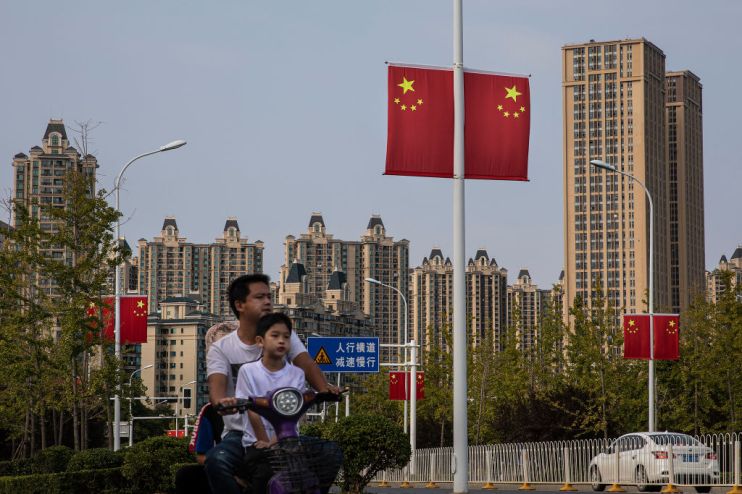
China experienced a slowdown in growth in both its manufacturing and services activities in April, indicating a sluggish start to the second quarter for the world’s No. 2 economy.
Despite a strong growth rate of 5.3% last quarter, there are concerns among policymakers about the need for further stimulus measures.
The official manufacturing Purchasing Managers’ Index (PMI) for April, released by the National Bureau of Statistics, showed a slight drop from March, coming in at 50.4 compared to 50.8.
Similarly, the services sector also saw a decrease in growth, with the NBS non-manufacturing survey dropping to 50.3 from 52.4 in March.
“We think the current cyclical recovery will continue in the near term thanks to robust exports and fiscal stimulus. But the economy remains vulnerable to trade tensions and a pullback in policy support,” said Julian Evans-Pritchard, Head of China Economics at Capital Economics.
However, a private survey by Caixin revealed a contrasting picture, indicating the fastest expansion in manufacturing activity in 14 months, with a Caixin/S&P Global manufacturing PMI of 51.4 in April compared to 51.1 the previous month, marking the fastest pace since February 2023.
This boost was attributed to an increase in new export orders, suggesting a positive trend for an economy still recovering from the impacts of the COVID-19 pandemic.
Despite the encouraging signs, economists remain cautious, pointing out persistent challenges such as deflationary pressures and a property crisis.
The world’s factory aims for a growth target of around 5% for the year, but achieving this goal is seen as challenging amidst the ongoing economic uncertainties.
Fitch’s recent downgrade of China’s long-term outlook to negative reflects growing concerns about the economy’s heavy reliance on the property sector.
This adds to existing worries about deflationary trends, subdued consumer confidence, and financial strain in the real estate market.
In summary, while there are pockets of optimism, China’s economic landscape remains complex, with policymakers facing the delicate task of balancing growth objectives with the need for stability and resilience in the face of ongoing challenges.
“As we have touched upon numerous times in previous reports, after being the primary driver for economic growth in 2023, consumption activity is moderating in 2024 amid weak consumer confidence and negative wealth effects, and this will likely have a larger impact on the services sector in China,” noted Lynn Song, Chief Economist, Greater China at ING.
“Including policy support for the services sector in conjunction with existing plans for boosting consumption via the “trade-in” programmes would not only offer a boost to near-term growth but would also be of benefit to China’s long-term transition goals.”

